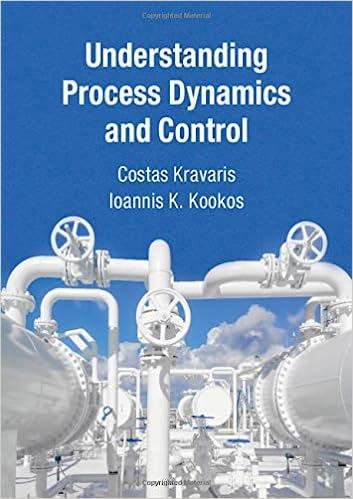Answered step by step
Verified Expert Solution
Question
1 Approved Answer
Scenario: Your company/research group is designing a process that involves capturing 1.08mol methane and 1.62 mol oxygen in a rigid 35.4L container at 539.5K. The


Step by Step Solution
There are 3 Steps involved in it
Step: 1

Get Instant Access to Expert-Tailored Solutions
See step-by-step solutions with expert insights and AI powered tools for academic success
Step: 2

Step: 3

Ace Your Homework with AI
Get the answers you need in no time with our AI-driven, step-by-step assistance
Get Started


